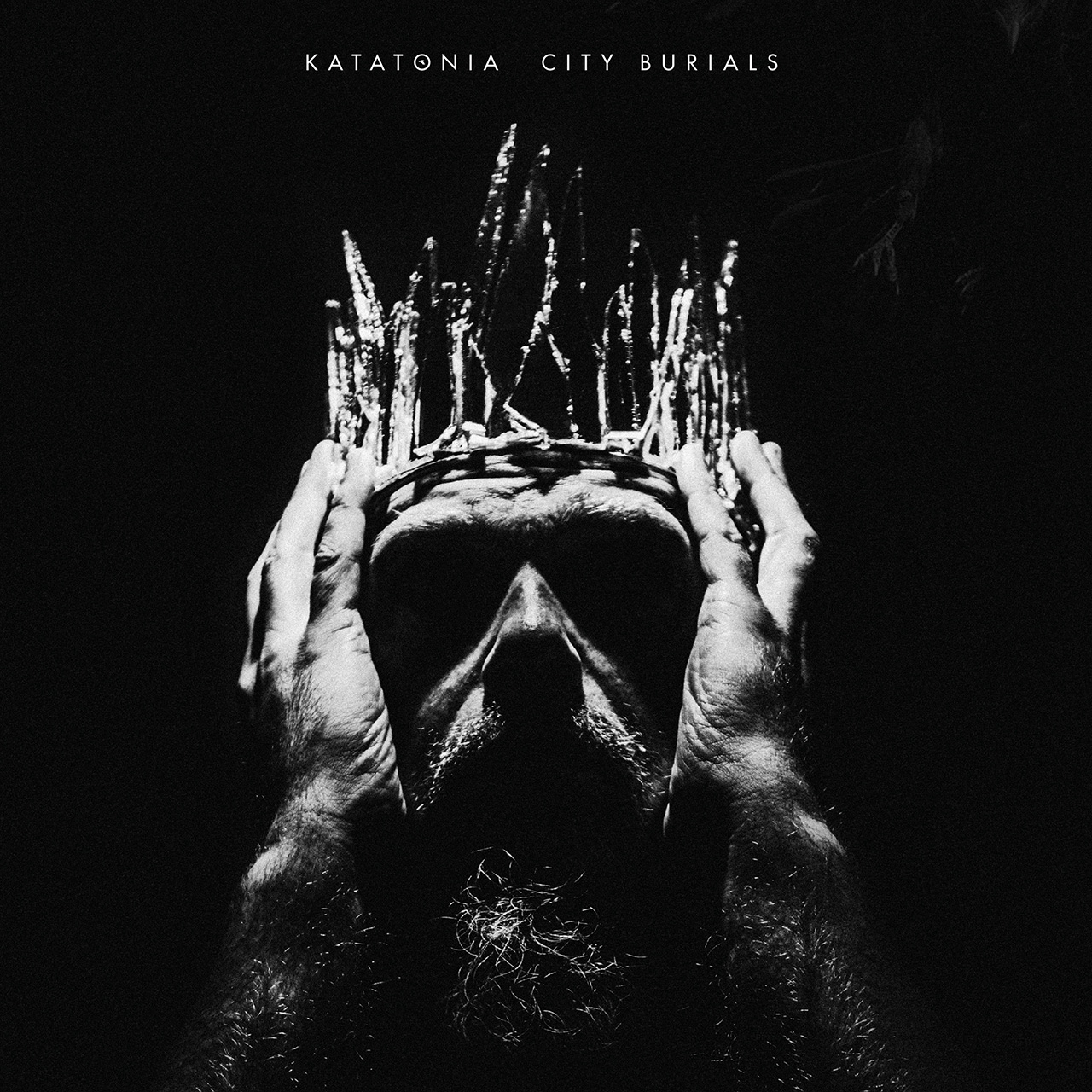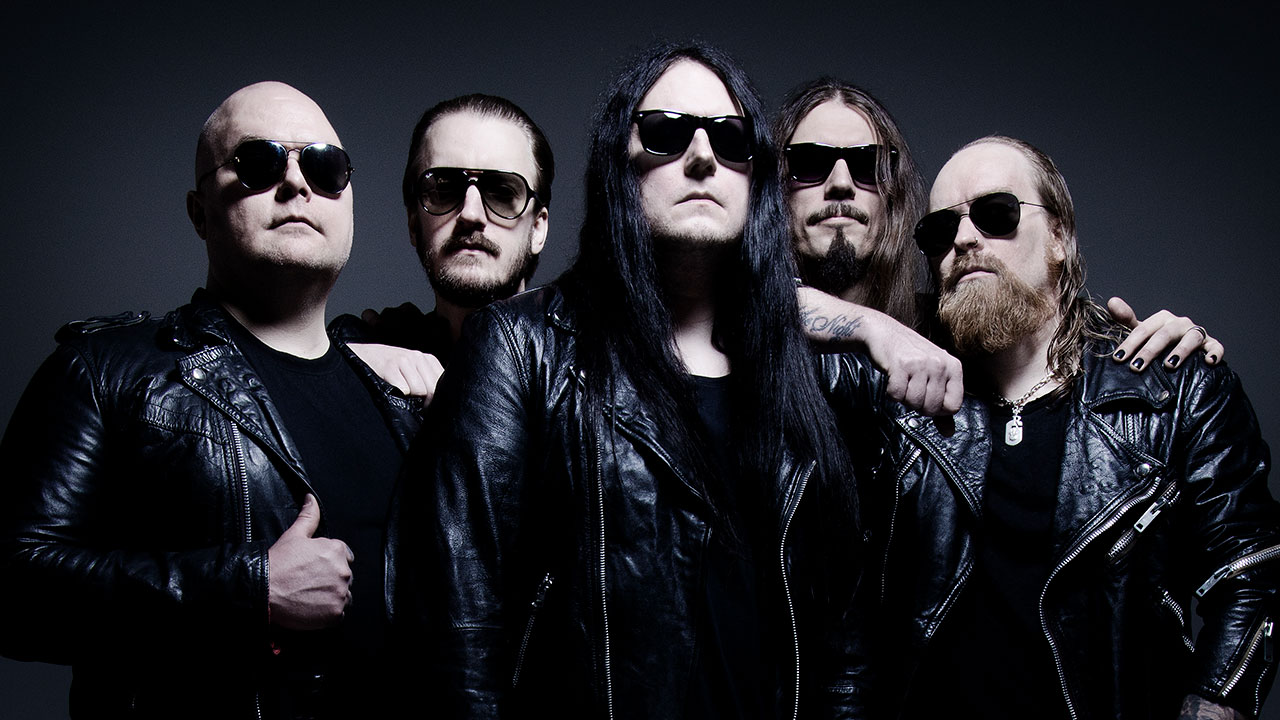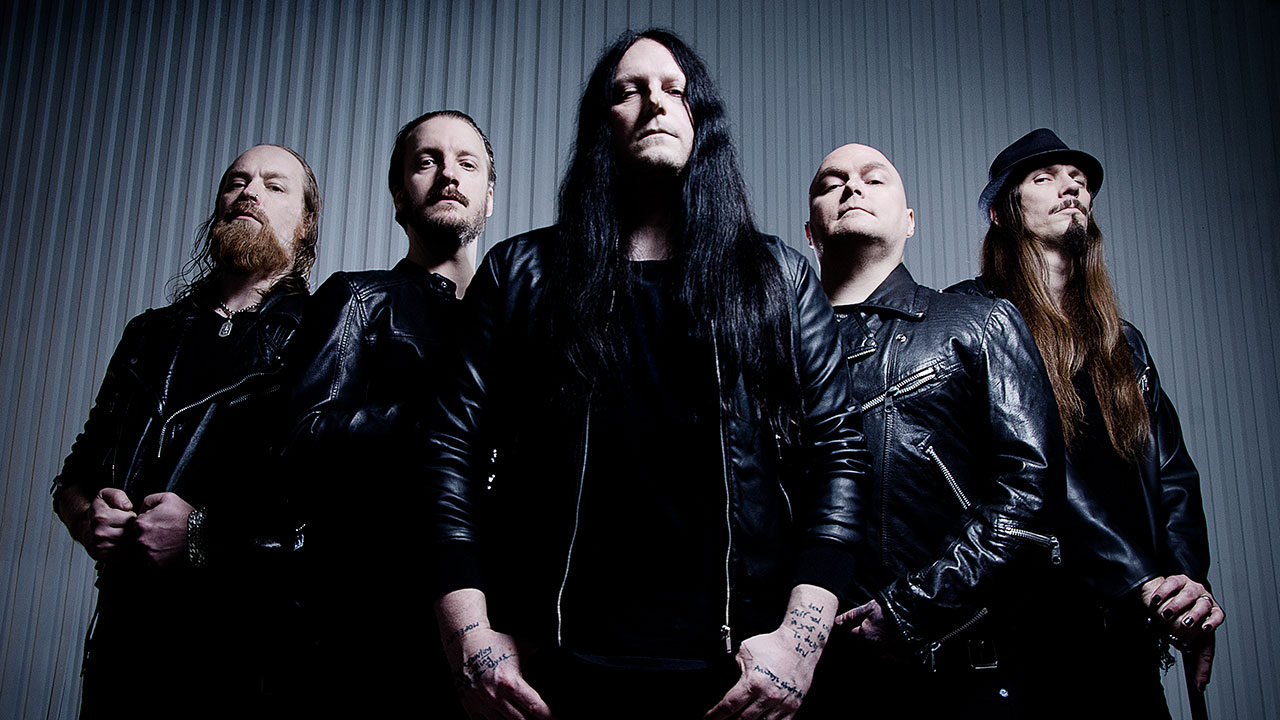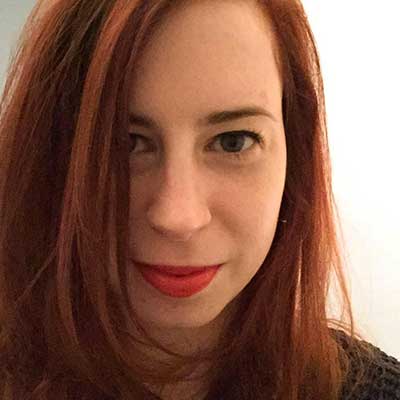When Katatonia went on hiatus in December 2017, singer Jonas Renkse prepared himself for the worst. In the back of his mind, he knew he wanted to continue with the band he’d invested 26 years in, but he didn’t know if the others felt the same. He missed it very much and, as he’s wont to do as a defence mechanism, mentally prepared himself for the worst-case scenario – that they would never make music again. But he kept writing material, which he hoped would eventually find a life in Katatonia, and he endeavoured to remind himself of the band’s achievements.
“I was trying to focus on all the positive things I’ve got from being in this band, and it definitely over-shadowed the negative feelings, even if the loss would be immense in the beginning,” he explains. “But thinking of everything that we’ve done, and done together, all the bandmembers that we ever had, it’s like a museum of memories that are very precious. So it’s not like you’re losing everything at once – you still have the memories.”
Last February, after more than two years apart, Katatonia assembled in their rehearsal room to practise for their Night Is The New Day 10th anniversary tour, where they would be performing the album in full. They have been practising in the basement in Stockholm since 2012, and the walls are filled with paintings and flags from fans all over the world – a colourful reminder of the countries they’ve visited and the connections they’ve made. In their spare time, they sometimes gather here to listen to music, kick back and have a few drinks. It’s familiar. The band’s home. And when they plugged in and ran through their songs, their chemistry reignited.
“You could actually sense that everyone had missed playing together,” Renkse smiles. “We had this perfect opportunity to do the anniversary thing, so we had a soft start to get back into the business. That was good for everyone, to get back into the feeling, and everyone was super into the idea of doing another album. There was no doubt, and it felt like yesterday since we last played.”

There were several reasons for the hiatus. Firstly, their new, full-time guitarist, Roger Öjersson, had been dealing with a severe back injury that prevented him from gigging. Secondly, Renkse and co-founder Anders Nyström were keen to record a new album for their death metal project, Bloodbath. And thirdly, Katatonia had been touring nonstop for 2016’s The Fall Of Hearts, not to mention the album cycles before that. They wanted a break, to see if they had the will to continue. The reality of being in a mid-level touring band today means working relentlessly while always having an eye on the bottom line.
“Sometimes it’s overwhelming to be on this level where you wanna go further on, you wanna live off the music, but maybe not everyone can do that in the band,” Renkse admits. “It’s just hard work all the time. I’ve nothing against it, but since we had the luxury to actually have a break, it was all for the good of it. We’re more hungry than ever.”
A ‘break’ for Renkse actually meant welcoming his third child to the world, writing and recording that new Bloodbath record with Nyström (2018’s The Arrow Of Satan Is Drawn), and composing the material that has since morphed into new Katatonia album City Burials. Its first single, Lacquer, is a synth-driven song reminiscent of Norwegian black-metallers-turned-avant-garde-experimentalists Ulver. Renkse’s melancholic vocals wrap around a dark, trippy dreamscape, in a mellow departure for a band who have often dwelled at the metal end of the progressive metal spectrum. It was a surprise for their fans – especially since they didn’t know any music was coming at all – and indicative of how Renkse composes when left to his own devices, influenced by singer-songwriters, electronic music and even country.
“I think it’s easier for me to write that kind of music because it fits my voice better,” explains Renkse. “I’m not really a metal singer. I think the kind of metal that Katatonia plays, it’s good for it, but if I would go even more metal, it wouldn’t suit me.”

Around 60 per cent of his early material ended up on the record, and there are ambient atmospheres in the mournful verses of Vanishers (featuring Anni Bernhard from Stockholm alt-rockers Full Of Keys), and the piano-led Lachesis. Nonetheless, the band felt they should balance it out with “a bit more metal”. Opener Heart Set To Divide boasts a galloping, old-school Katatonia riff, while follow-up Behind The Blood echoes classic Judas Priest – something the band were inspired to do after covering Night Comes Down, from 1984 album Defenders Of The Faith, for a special-edition version of The Fall Of Hearts. They have been playing it on tour.
“We love playing live, and I think that’s where the metal parts are really fun to do,” enthuses Renkse. “Also, we’ve always been a pretty varied band. At this point, we didn’t want to step away from that. I think actually the new album is a bit more metal than the previous one. But I’m not ruling out that the next one could be all ambient soundscapes with some miserable vocals on it. But it could also be even more metal. It’s all up in the air, which is what I love also about this band.”
Each song reveals artful layers, whether it’s heartstring-pulling vocal harmonies or sweeping, cinematic keys. On first listen, City Burials comes across as a solid Katatonia record, but when you listen again and again, you’re gripped by a ton of intense hooks and rich textures. It’s a stunning piece of work, and an incredible accomplishment 11 albums in. There’s a lot for prog fans to love.
“I do think we have a lot of subtle nuances that are kind of complex, the layering is very complex, we have a lot of sounds that are going on at the same time. If people are into that, they should definitely give it a listen,” advises Renkse. “It’s not Dream Theater, but in a subtle way it’s kind of difficult music. There’s a lot of vocal stuff going on in a lot of harmonies. If you listen to it for the first time, you might not notice, but if you give it a few spins, you realise there’s loads of stuff going on.”

In much the same way that Renkse had been reminiscing about Katatonia’s career, he found himself thinking back to his childhood. He regularly visits friends in suburban southern Stockholm where he grew up, and likes to stroll around the now gentrified streets where he used to ride his bike. He’s not sure when it happened, but he started to become nostalgic about his fond memories, yearning to return to a simpler time, and contemplating the nature of memory itself.
“It’s not far from where I live now,” he explains. “And I just thought that, for everyone that grew up somewhere, or lived a long time at the same place, you’ll have a lot of memories attached to that place. And memories are obviously just memories, because they are things that happened in the past, and the past is often buried. It’s like a memory is a bit of death. And that’s how I figured out the title, City Burials.”
To illustrate this on the cover, Renkse and Anders came up with a striking character called the Dead End King – an entity that swallows experiences and turns them into memories, “like a thief of things that have happened to you”. His crown is made of a shattered mirror that symbolises glass skyscrapers, representing the city. City Burials is not a concept album – the songs cover everything from fatherhood (Neon Epitaph), to the destruction of indigenous tribal communities (Vanishers), to the current state of humanity (Lacquer) – but Renkse talks of a “red thread” running through their bleak lyrics of loss and remorse. It stretches back further through their albums; the character’s name comes from 2012’s Dead End Kings, and there are thematic links to the likes of 2003’s Inside The City Of Glass.
Renkse can’t pinpoint exactly which parts of City Burials were inspired by his memory walks, but he does know there’s a recurring sound. “There are a few chord progressions that I sometimes find when I write music. Sometimes it just strikes me that it sounds like when school was out, when I was a kid, when you celebrate that you’re gonna have a summer vacation,” he reveals. “And to me, that was always a bit sort of melancholic. On the one hand, it was great not having to go to school, but I would know that my friends now were gonna go their separate ways. Even if you knew that in 10 weeks or something we would be back together.”
He still gets this feeling, at the same time every year, when nature is at its lushest and greenest, and when his own children are now breaking up for their summer holiday. It seems very Jonas of Jonas to get sad about something that most people see as a cause for celebration. “You would say winter is the most bleak season, but I think it’s also the beginning of the summer, because it has so many promises,” he says, with a degree of sheepish self-awareness. “You never know what’s gonna happen, and if these promises are gonna fall short or if you’re gonna have a wonderful time. So… yeah. Ha ha!”
At this point in the year, Renkse is desperate to get City Burials out and play live again (“I missed it a lot during the break”), hitting countries they’ve never been to. When the opportunity arises, he also hopes to reunite with Pineapple Thief’s Bruce Soord, to make a follow-up to 2013’s Wisdom Of Crowds record (“We had an instant chemistry, me and Bruce, and we really wanted to build on that. So I can’t say when, but it’s definitely going to happen at some point”).
Renkse is only 44 years old, but 11 Katatonia albums deep and with three children growing and changing every day, the passage of time is something he’s become increasingly aware of. With Katatonia feeling reinvigorated, he’s determined to appreciate every second – to fulfil the promise of the summer that lies ahead. Contemplating his career, reminiscing about his upbringing… he’s giving off some serious midlife vibes. “Yeah, it’s a definitely a crisis,” he deadpans. “Not really! I don’t feel like I’m having one. But maybe if you could ask someone close to me, they would be certain. But I’m pretty confident with where I am as a person, and what I’m achieving, and what I’ve done. I’m pretty happy right now.”

